Show Off Your Studio: Saycet’s synth shop keeps him calm and creative
Parisian composer and producer Saycet shows us around the shop that became his studio, and shares some tips on finding your sound
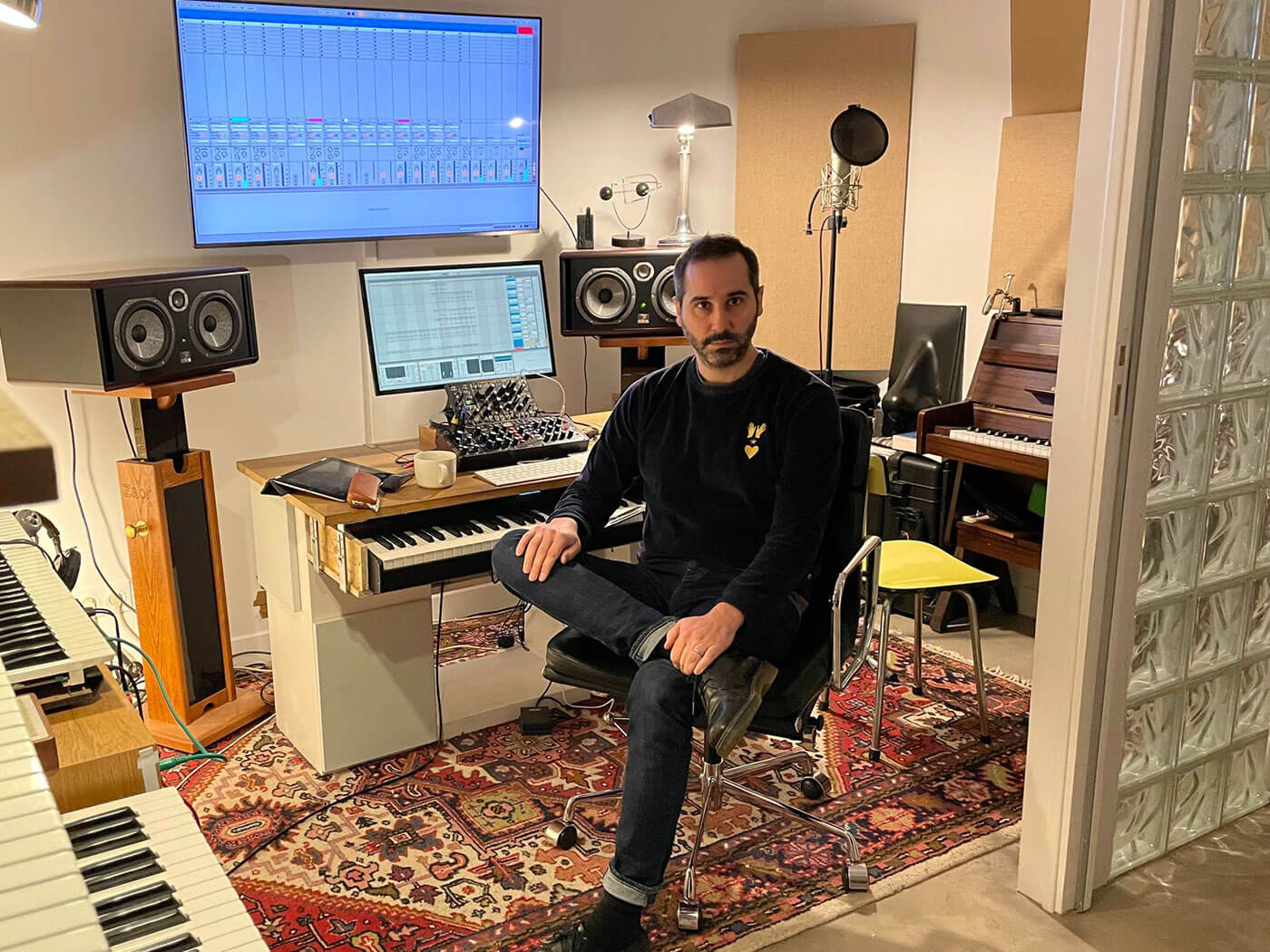
Key kit
- Focal Twin 6 with sub
- Klein piano
- Sequential Prophet 08
- Roland Juno 106
- Roland JX3P with KIWI3P upgrade
- Korg MS-10 as a re-amp, filter and distortion
Pierre Lefeuvre, more commonly known as Saycet, is gearing up for the Spring 2021 release of his fourth album, Malaparte. The Parisian producer and composer has come a long way since his 2005 debut album, manoeuvering his way into composing for film and TV while continuing to work on his own music. Saycet composed all of the music for French Netflix series La Révolution, as well as appearing on the soundtrack for the documentary Bastard Lion. His quaint studio, transformed from an old shop, has been his creative playground for Malaparte, with all the writing, recording and producing completed here. He shows us around and gives some tips on finding your own signature sound.
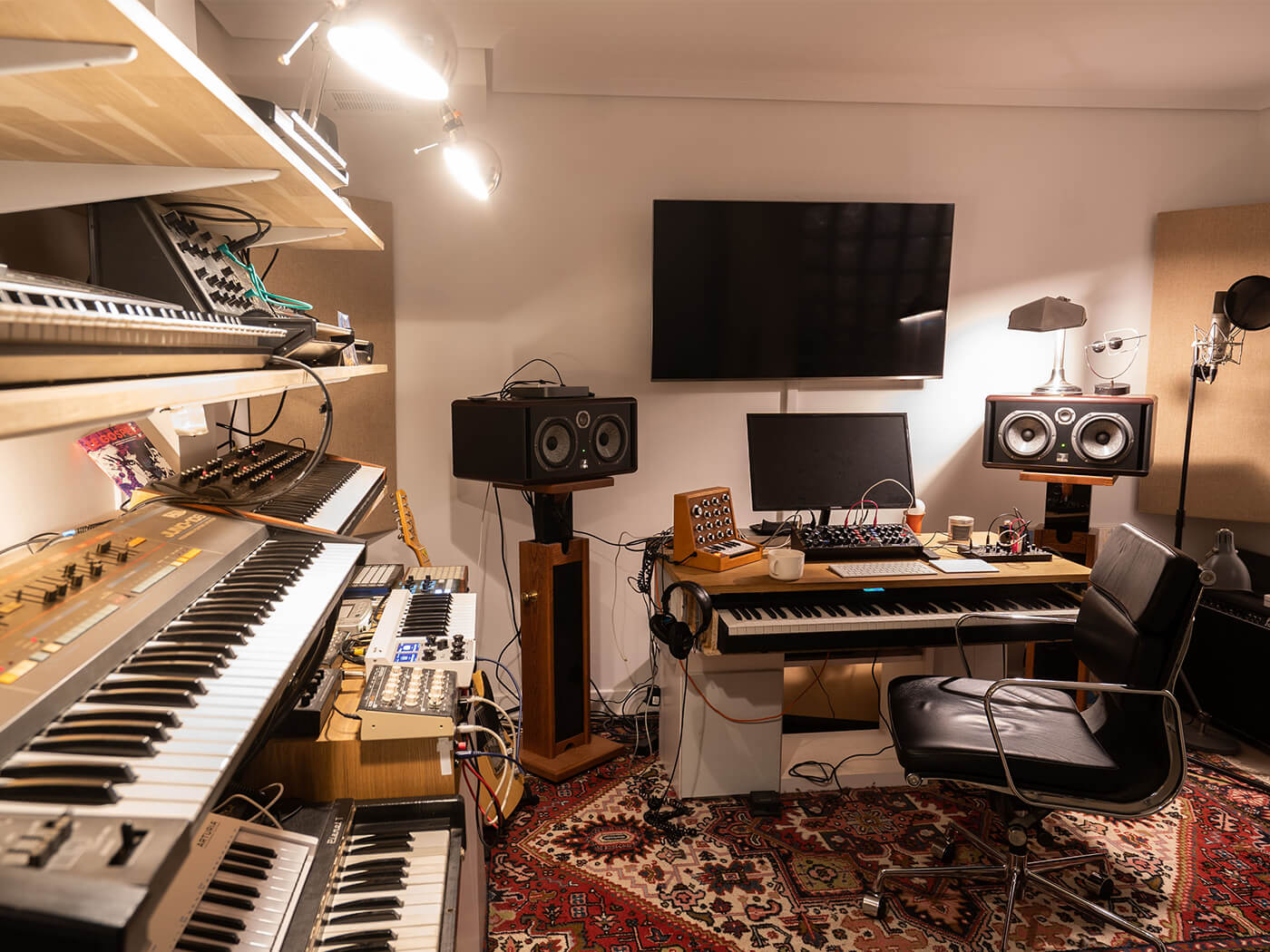
Tell us about the studio, Saycet.
Two years ago, I bought an old Parisian shop which I turned into my apartment. There’s an old basement reserve and I set up my studio in there. So, I live at my workplace and include this in my daily life, where I can start working in good conditions whenever I want.
How do you use your studio?
I use my studio as a complete tool from composition to music production. I don’t record acoustic instruments except for vocals. When I need materials and acoustic instruments, I go to larger studios.
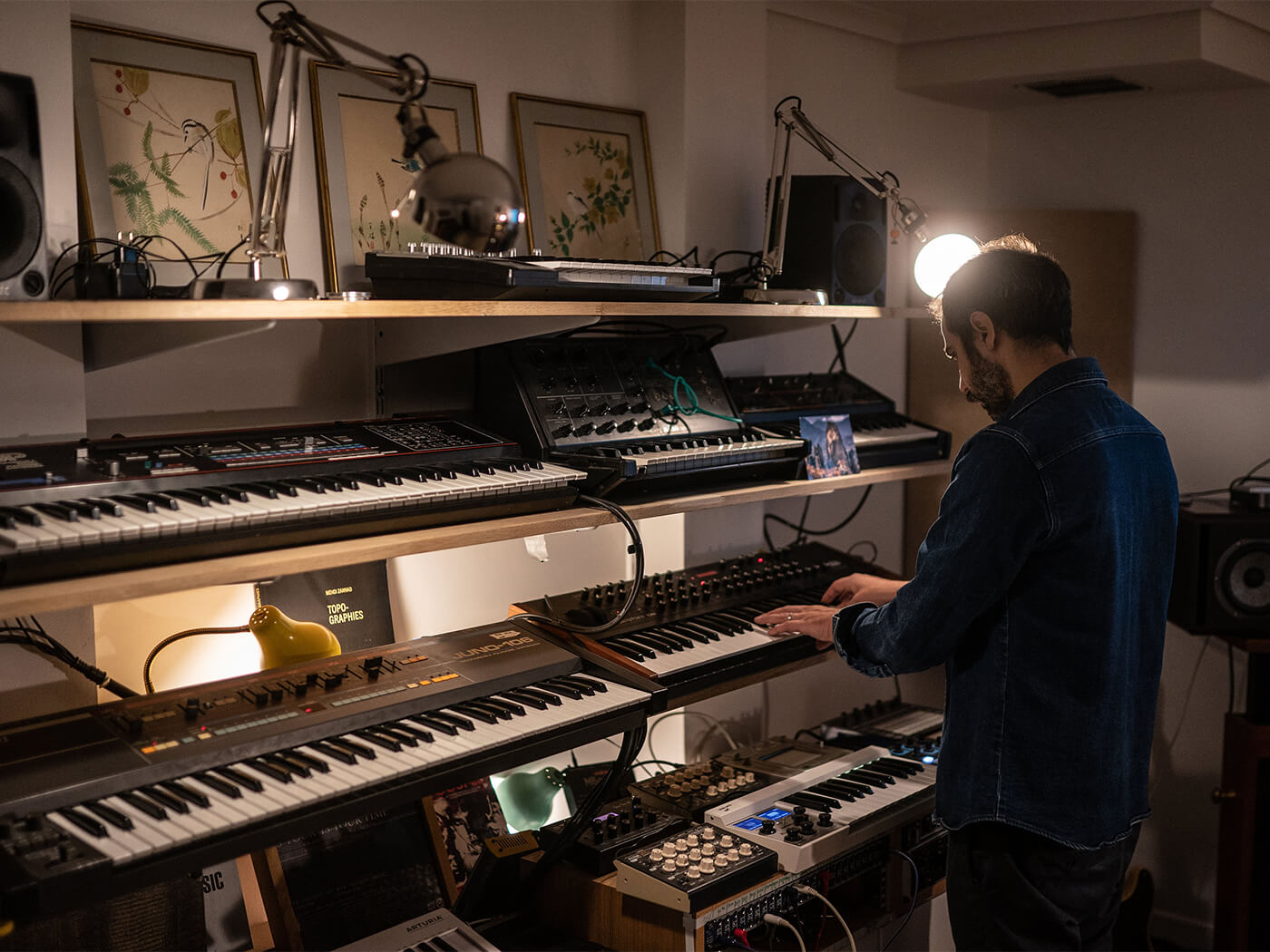
Which DAW do you use?
I worked with Logic Pro for 10 years, then five years ago I switched to Ableton Live and now I feel more free and versatile. For me, Ableton Live is the most innovative DAW for music production. The Ableton team are seriously passionate about developing good software.
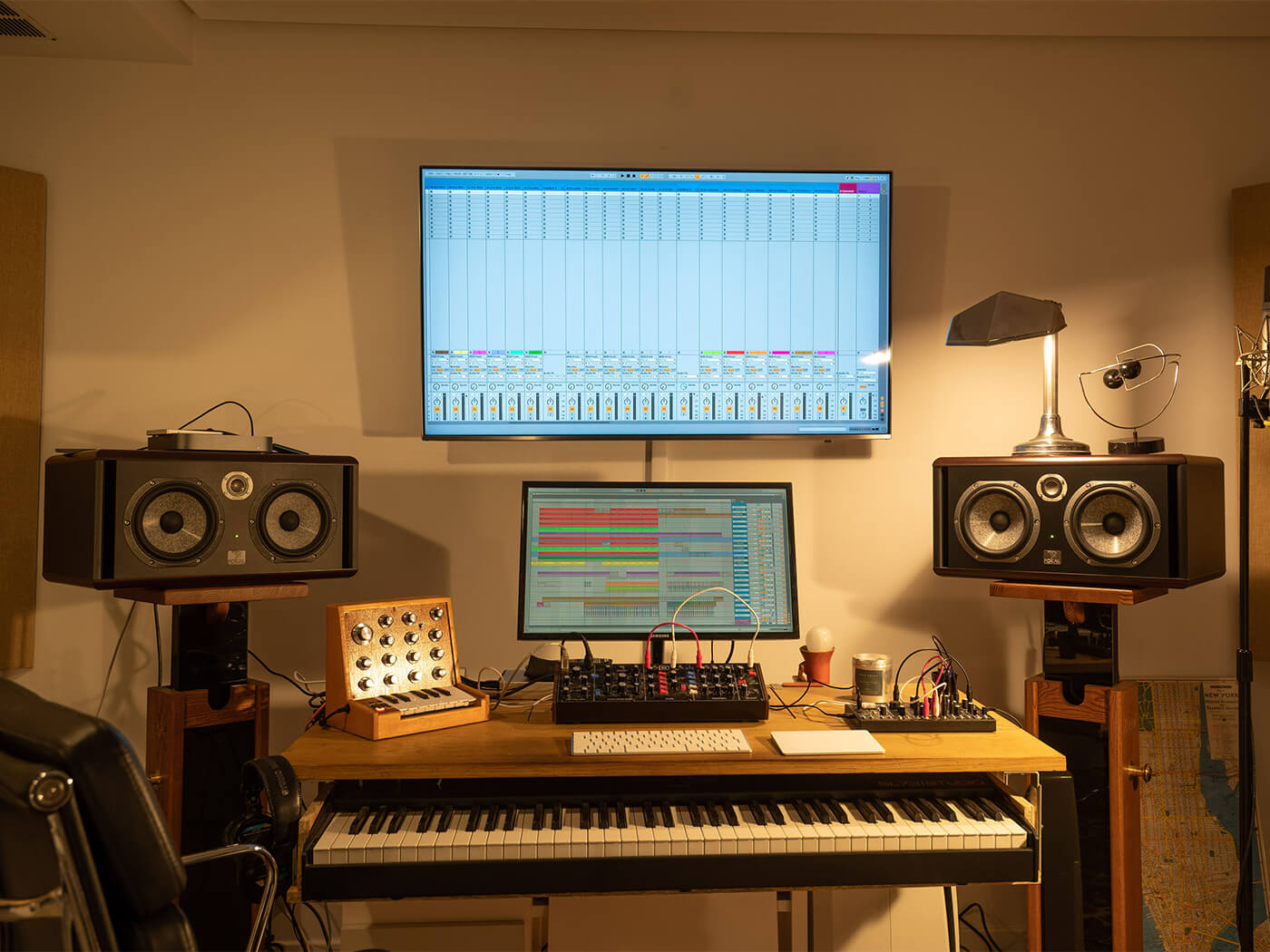
What atmosphere do you try and create in the studio and how does the studio environment help you with your creativity?
I just want calm and neutral feelings. I want to project all my inside feelings when I work, so I need the most neutral area; not cold at all, but not too cosy either. Unlike a lot of studios, I live above mine so as soon as I want a living place and some light, I just have to go up to my living room.
How does your workflow change when composing for film and TV compared to your own work?
It’s much more stressful because the deadlines are very quick. I have less time to ask myself questions – you have to be in the action and have a place that is technical as bug-free as possible.
I mainly spend my time on Ableton with three screens in the first phase of composition and I throw out my ideas. The next step is going to bigger studios to record other instruments, then I come home to finalise and mix my work
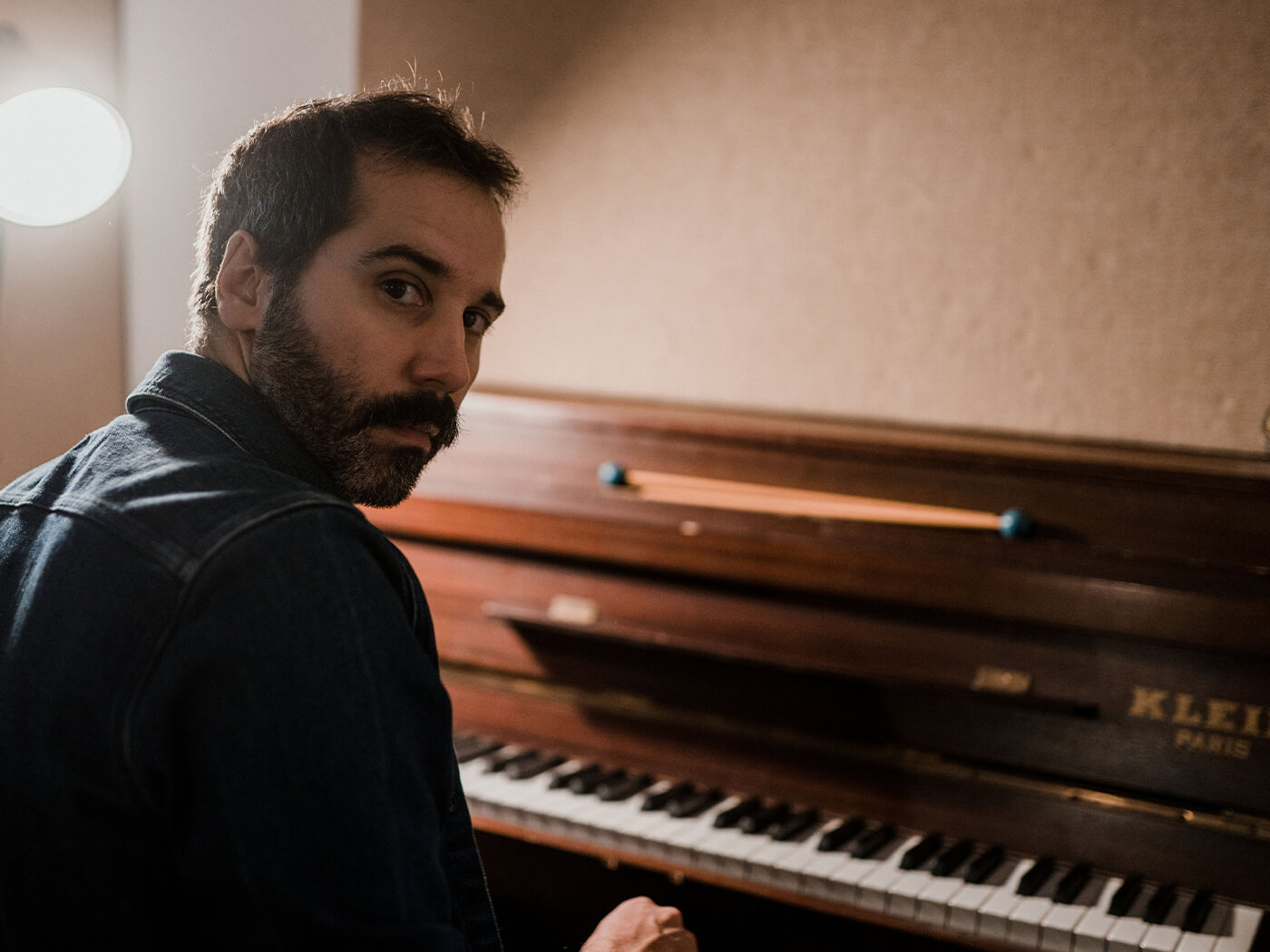
Are there any synths or effects better suited to your cinematic work?
The Juno 106 coupled with OTO BIM. Juno’s sounds belong so much to the collective unconscious so films suit him very well 😉
What is your favourite piece of gear?
My Focal Twin 6 and sub, because they’re my ears! It’s a real pleasure to hear and compose music with it. , It’s very comfortable, so I find that my ears are never tired.
What synth or effect can be heard the most on your upcoming album, Malaparte?
The Sequential Prophet 08 combined with the Korg MS-10 filter and OTO BIM. You can hear it especially in Mother. When I pass the Prophet 08 through the MS-10, the distortion that it produces makes it sound grainy, creating some very special and analogue material.
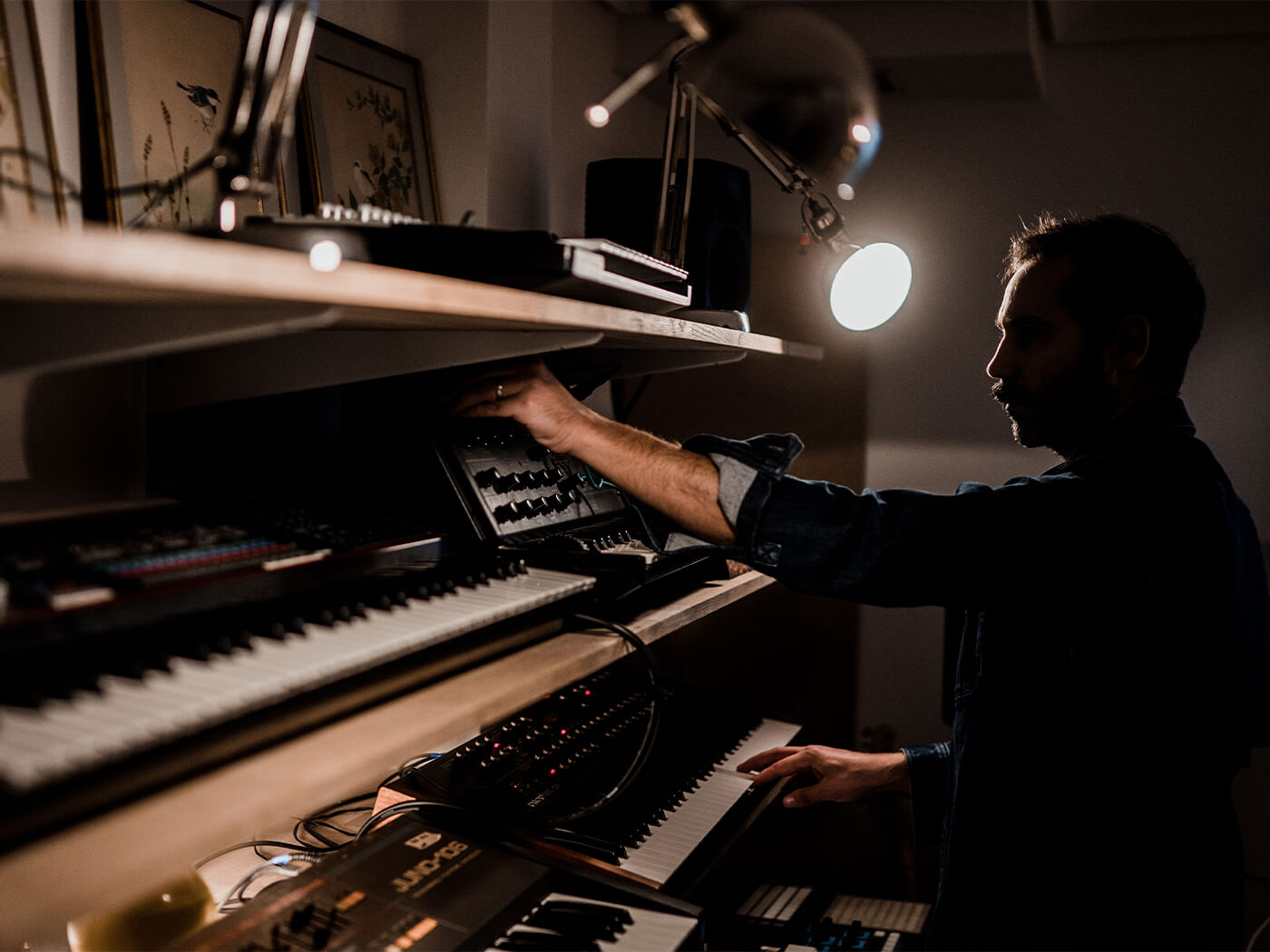
What’s been the biggest investment in your studio? Was it worth it?
Mostly the place itself. And yes, to have your own place to make music is a dream. After that, the next investment would be in all my monitoring and sound treatment for the place – it’s so important for a studio.
How did you go about getting the acoustics right in the studio?
It was a long process for me, but through trial-and-error and moving my absorbers and reflectors I found a suitable acoustic, although it’s not perfect yet. In the coming months, I will have the acoustics done by professionals.
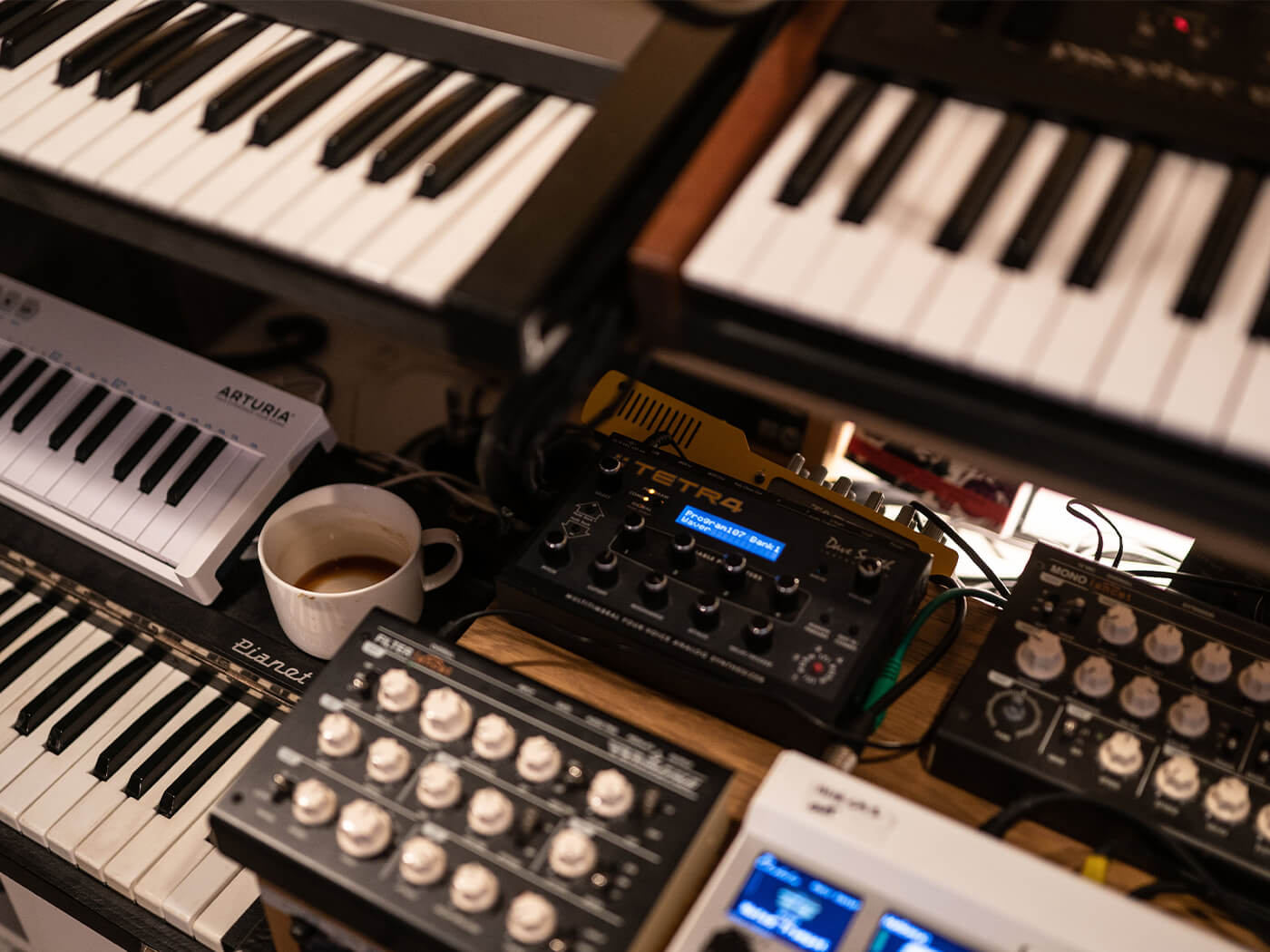
What is next on your shopping list studio-wise?
I wish had a real piano with MIDI and motor implantations. I want to use a piano just like my synth with my DAW and make crazy arpeggios.
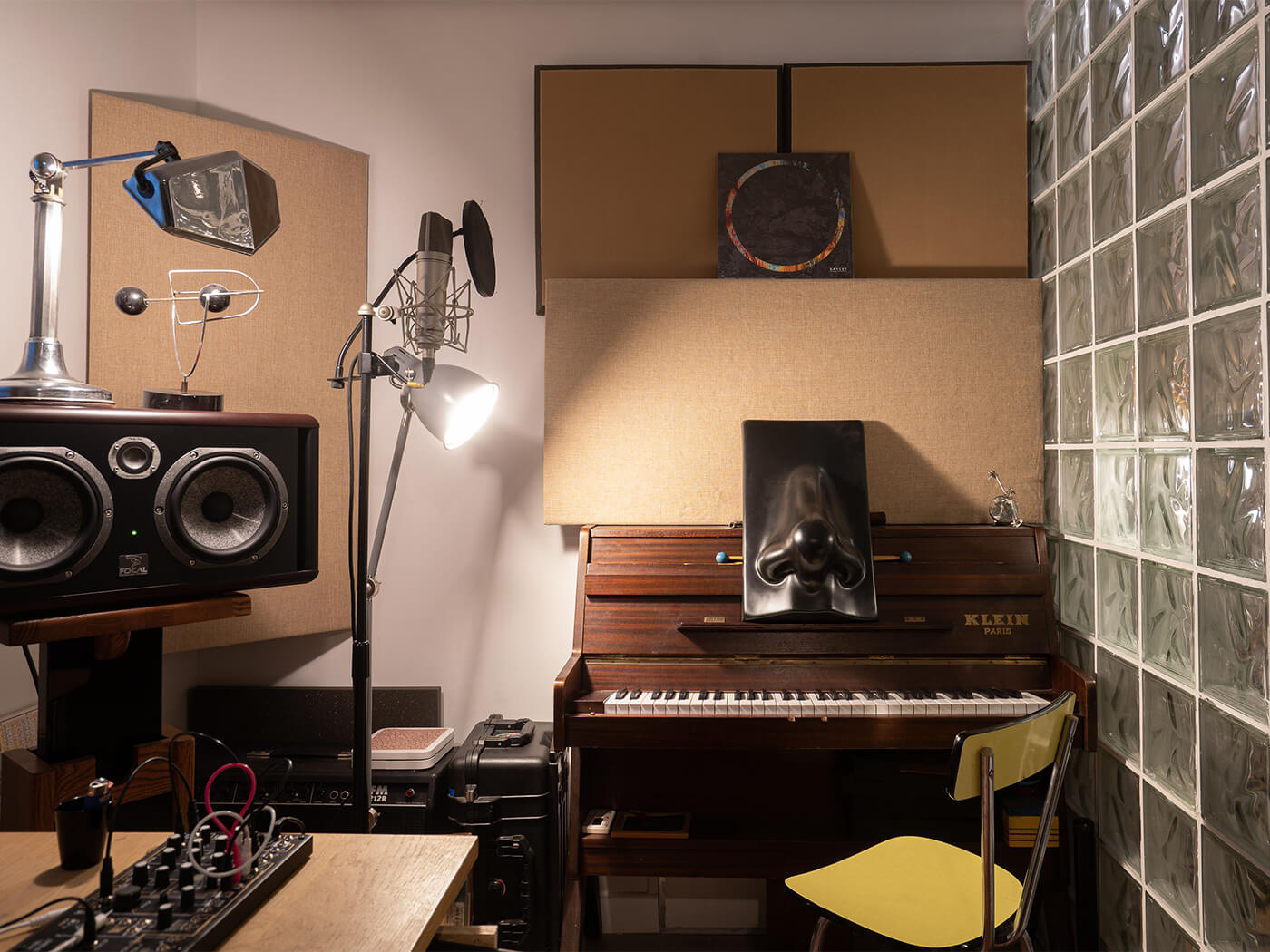
What is your dream piece of gear?
An ARP 2600, just for its individual sound. The ARP 2600 is part of the history of synths, it’s a legend just like the Minimoog. It may be the semi-modular side with which I liked; the sound it has simply draws inspiration.
What is your top piece of production and soundtracking advice?
To have your own sound with particular materials and ideas. It’s the key – too many musicians and producers of today have a licensed sound or mood. Test and experiment with combinations that are not necessarily obvious. For example, as I spoke above of passing the Prophet 08 through the MS-10. Electronic music is borne out of experiments and I think that if you spend most of your time using synth presets, you miss something, and you have a sound that everyone has.
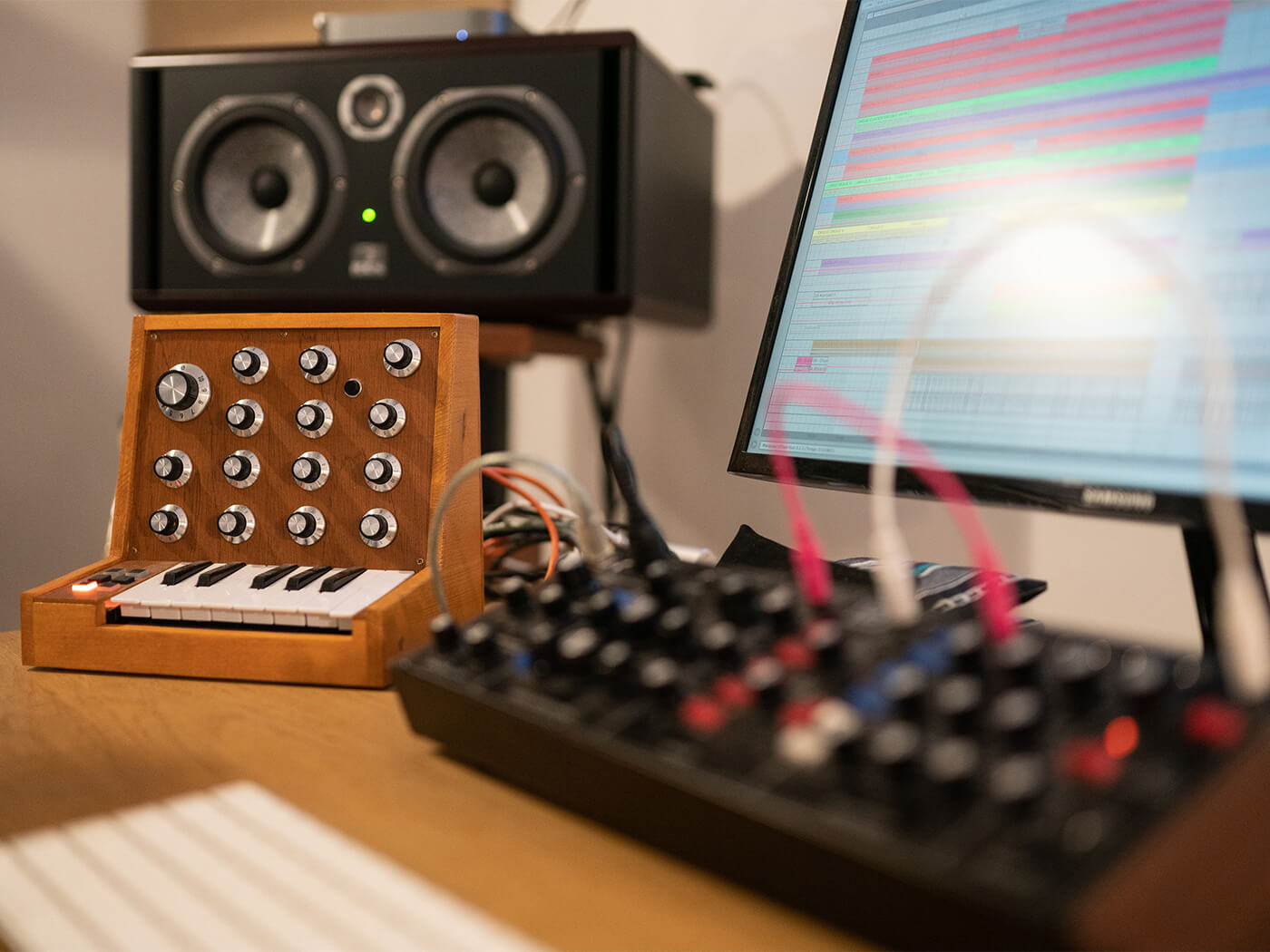
What is the one piece of advice you would give someone starting out building a studio?
Try to make your studio around one instrument or piece gear. It can be a synth or a piano – my piano is the heart of my studio; even though I never record him, I start all my composition on it. After that, you need to have comfortable monitoring.
For more producer studio interviews, click here.